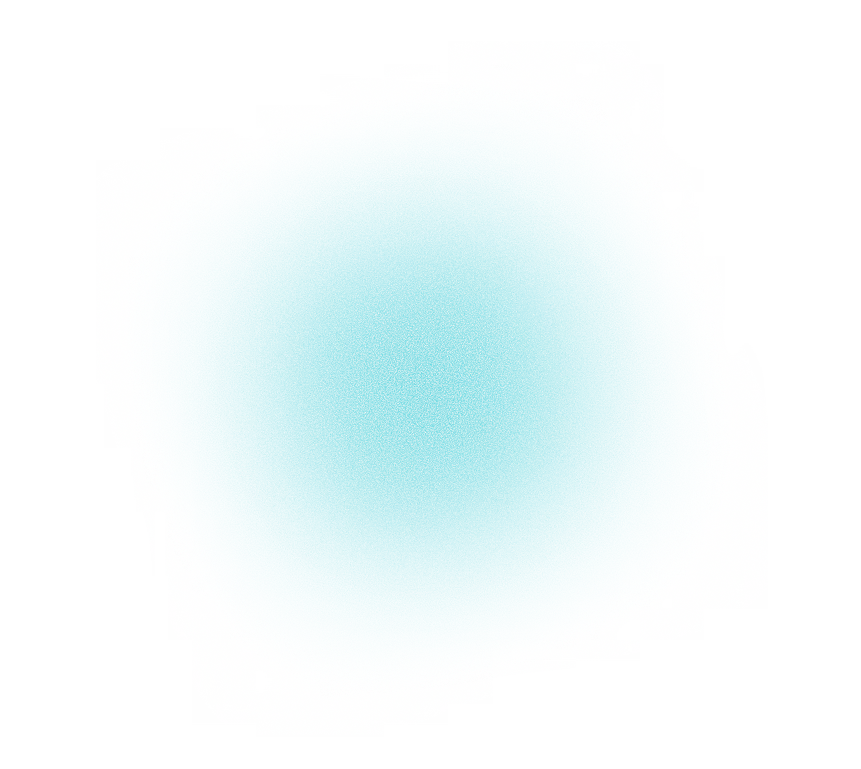Accelerating Clinical Research: Using Big Data to Fast-Track Patient Selection
Introduction: The Challenges of Patient Selection for Clinical Studies
As it stands, the traditional method of selecting patients for clinical trials relies heavily on dedicated study nurses to manually inspect patient files and determine if they meet the necessary criteria. Unfortunately, this process is incredibly time-consuming, and it can be quite costly as well. With so much time and effort going into the patient selection process, it is no surprise that the clinical trial process can take months or even years to complete.
Thankfully, emerging technologies, such as Natural Language Processing (NLP) are now available to accelerate the screening process. By automating the patient selection process, we not only reduce the time and costs associated with clinical trials but also improve the accuracy of patient selection.
This is where our Clinical REsearch Patient Selection (CREPS) project comes into play.
Goals: Improving Patient Selection for Clinical Trials
The goal of the CREPS project was to use an NLP model and big data to streamline the screening process and improve the accuracy of patient selection, ultimately reducing its costs and time.
We strived to simplify patient record searches for clinical specialists by creating a structured dataset that eliminates the need for manual searches. We also set out to develop a user-friendly dashboard with multiple filtering options to enable smooth and quick dataset screening.
Methods: Processing Big Data for Big Outcomes
Research at LynxCare is guided by our partnerships with prominent Belgian hospitals. In this project, a collaborating hospital provided us with 520.000 anonymized medical records. Our NLP technology processed them and extracted relevant data points to store them in the OMOP CDM regulated dataset.
An easy-to-use clinical dashboard was developed to facilitate the use of the dataset by the research department. The quality of our obtained data warehouse was evaluated with extensive quality-checking procedures, and it achieved >90% recall and >90% precision across the data points.
Results: AI Enables Faster and More Accurate Patient Selection
The CREPS project turned out to be a game-changer in clinical research patient selection.
With the use of cutting-edge LynxCare NLP technology, we were able to sift through 520.000 medical dossiers, containing both structured and unstructured data sources, and create a dataset that meets the OMOP CDM standard. This database boasts an average of 1.6k data points per patient, with a total of 13 million data points extracted from patients’ EHRs.
But we did not want to just create a powerful dataset; we wanted to make it user-friendly and accessible to the research department. Hence, we developed a clinical dashboard that allows researchers to adjust demographic and clinical parameters with multiple filters.
Additionally, the dashboard was equipped with data point filters that allow for the selection of patients based on the study's inclusion and exclusion criteria, making the patient selection process more precise and aligned with clinical study requirements.
Conclusions: The Promise of AI Reshaping Clinical Research
The CREPS project was successful in creating a user-friendly dashboard for patient selection in clinical trials, utilizing big data technology. With the use of LynxCare's NLP technology and OMOP CDM-compliant dataset, patient records can now be processed and filtered in a systematic and efficient manner.
The automation of patient selection in clinical trials reduces the time and cost required for study nurses to manually inspect patient files, allowing for more efficient use of resources.
The use of big data technology to analyze patient data can significantly improve the accuracy of patient selection, ensuring that clinical trials are conducted with the most suitable participants.
The success of the CREPS project opens the door to the use of similar technologies in other healthcare settings, promoting the use of big data to optimize patient care and treatment. It is a testament to the power of technology and innovation in advancing healthcare practices and improving patient outcomes.



